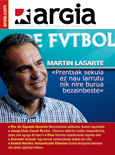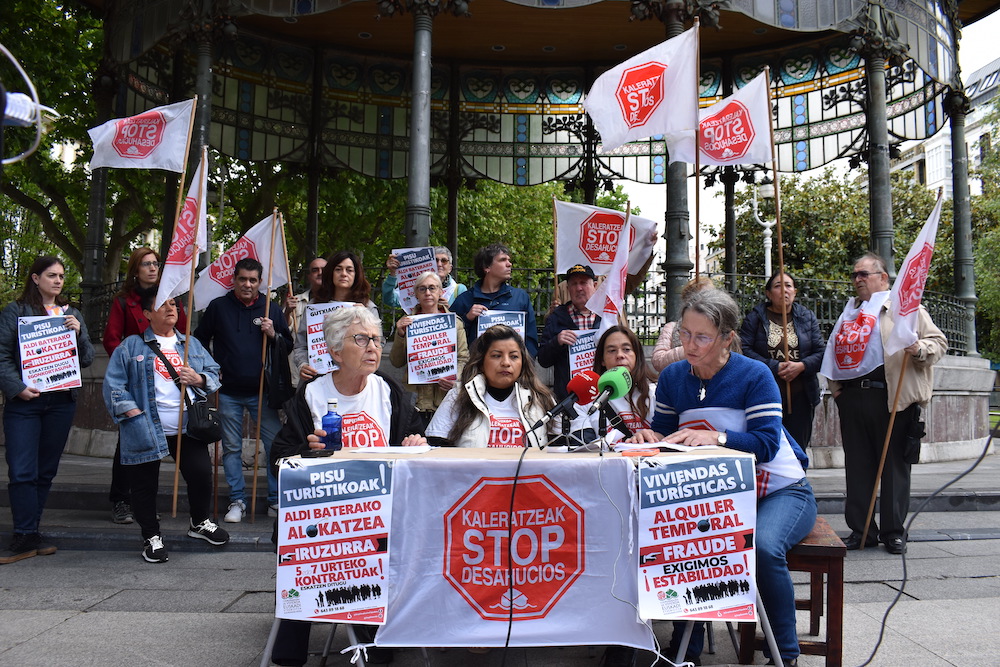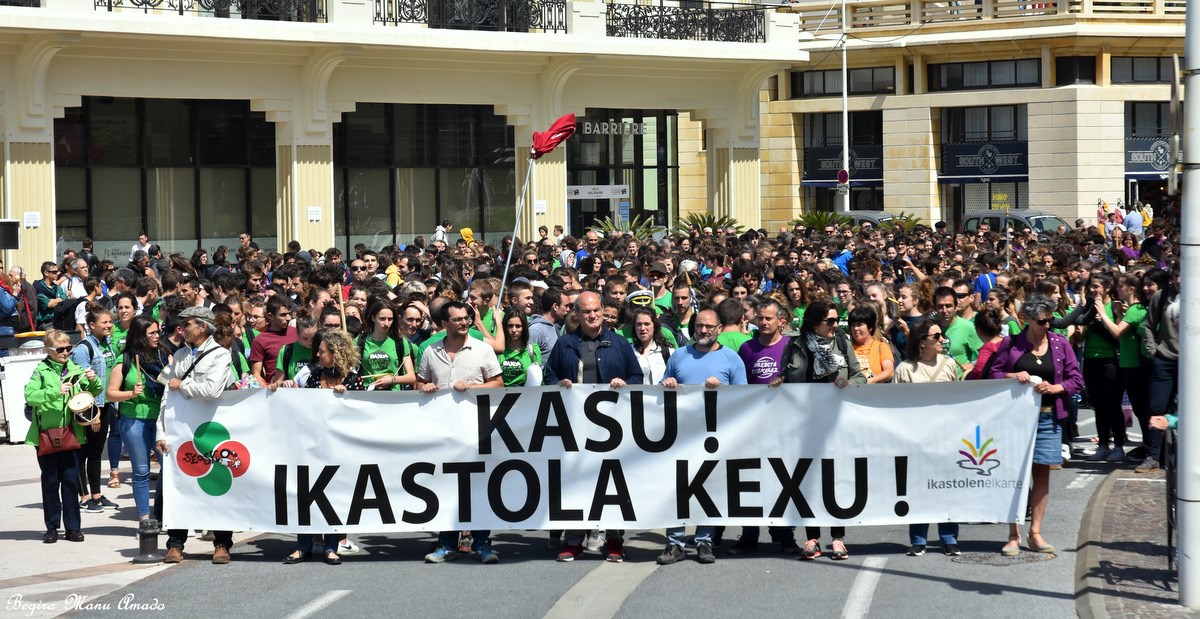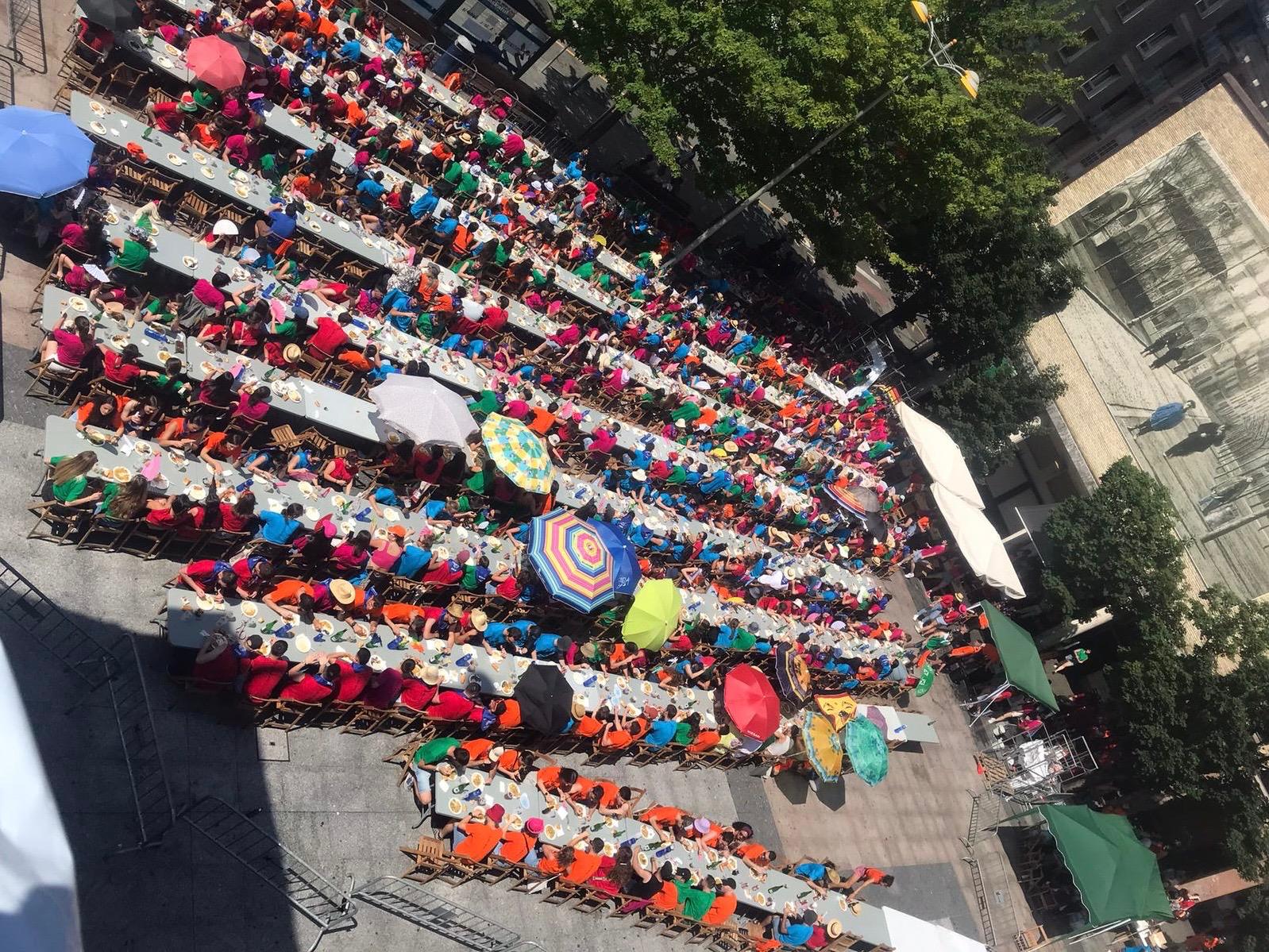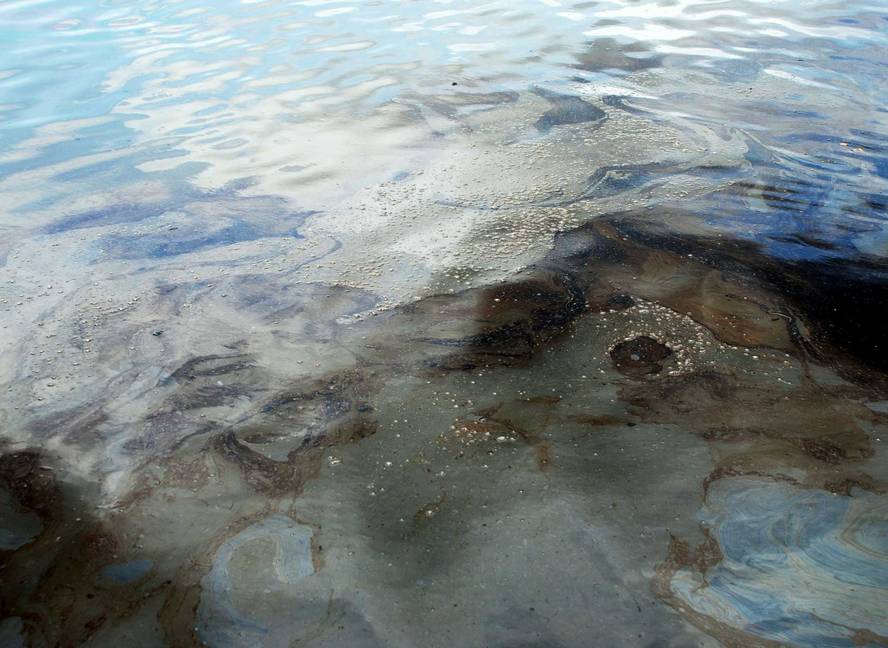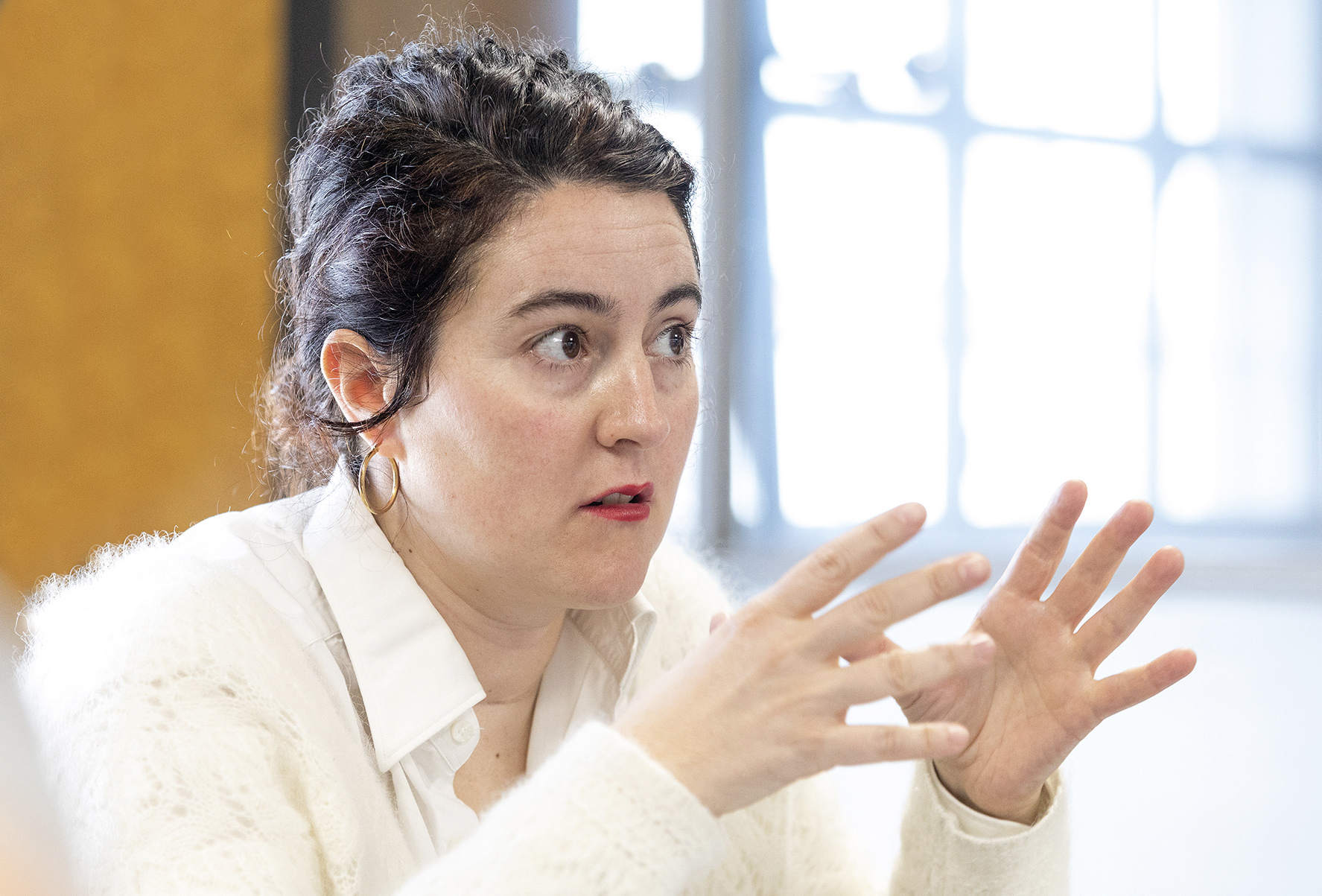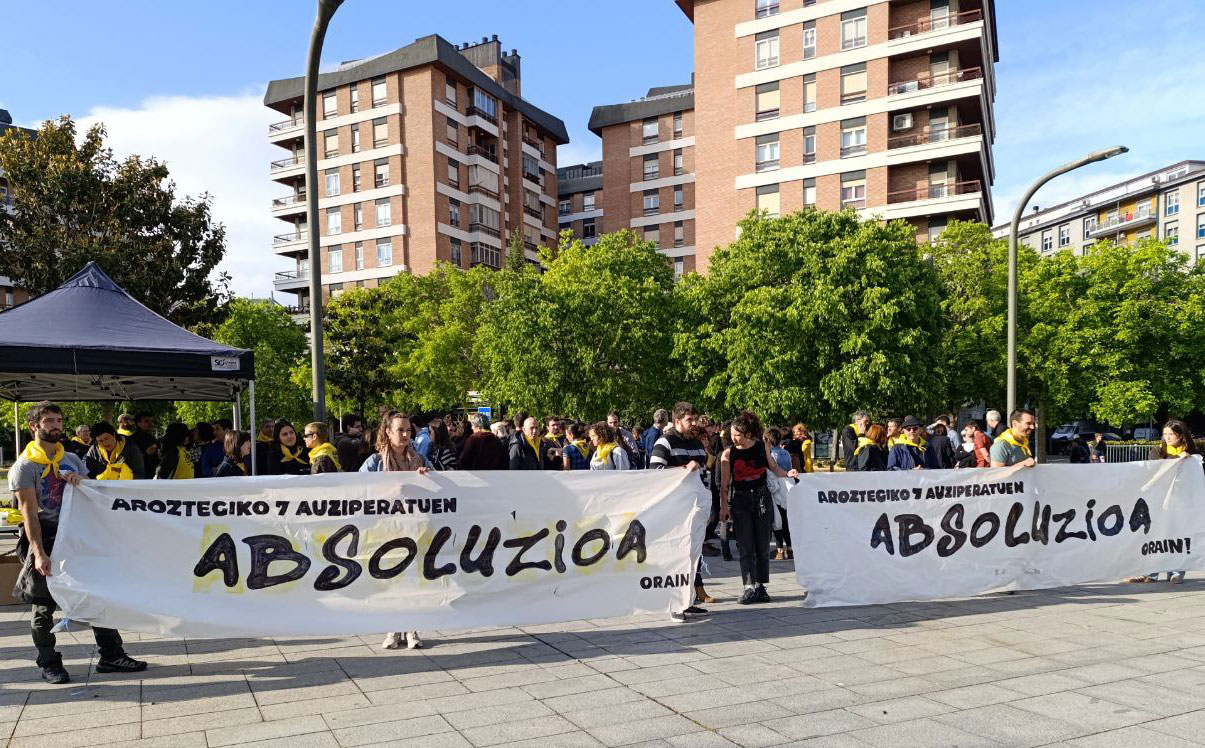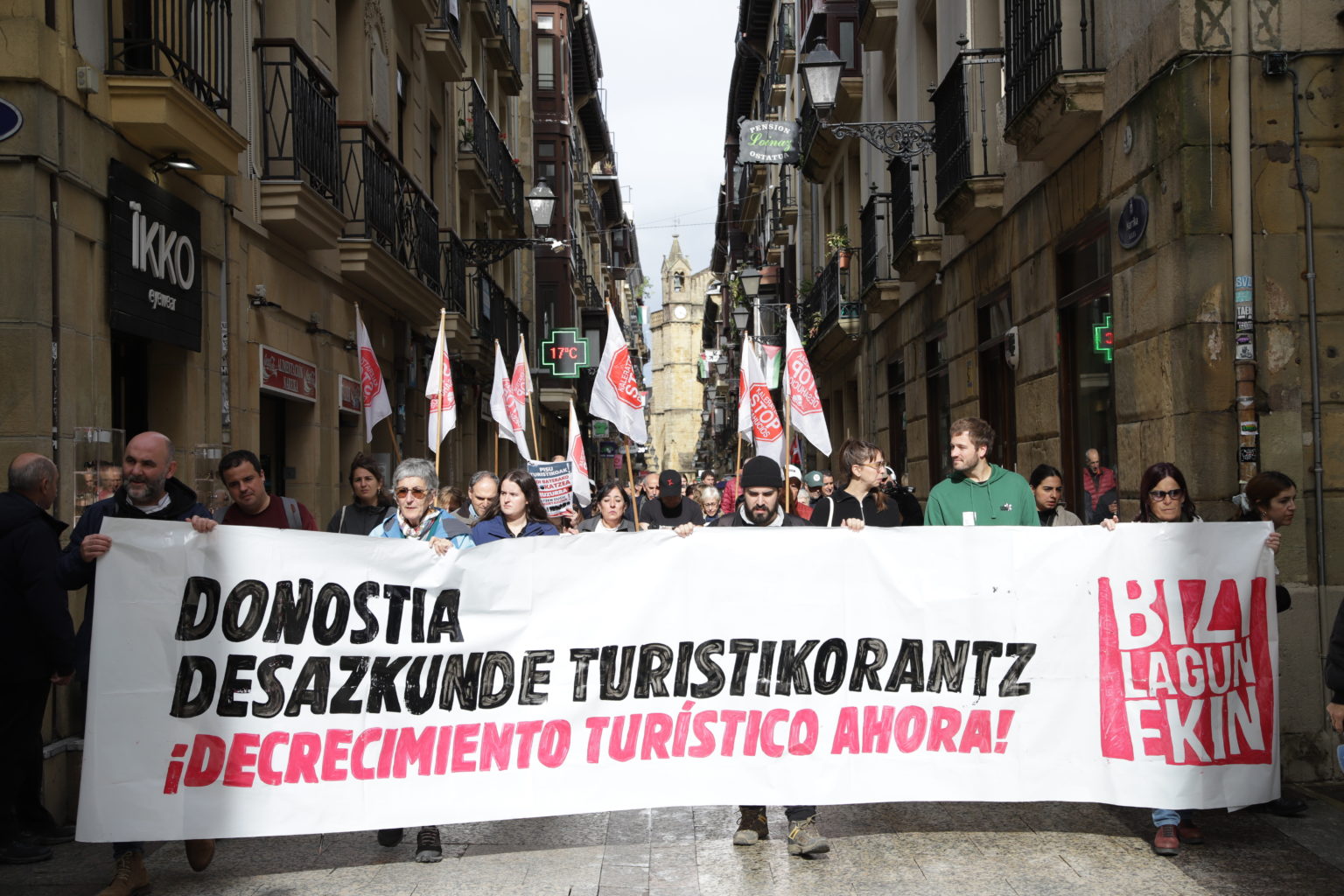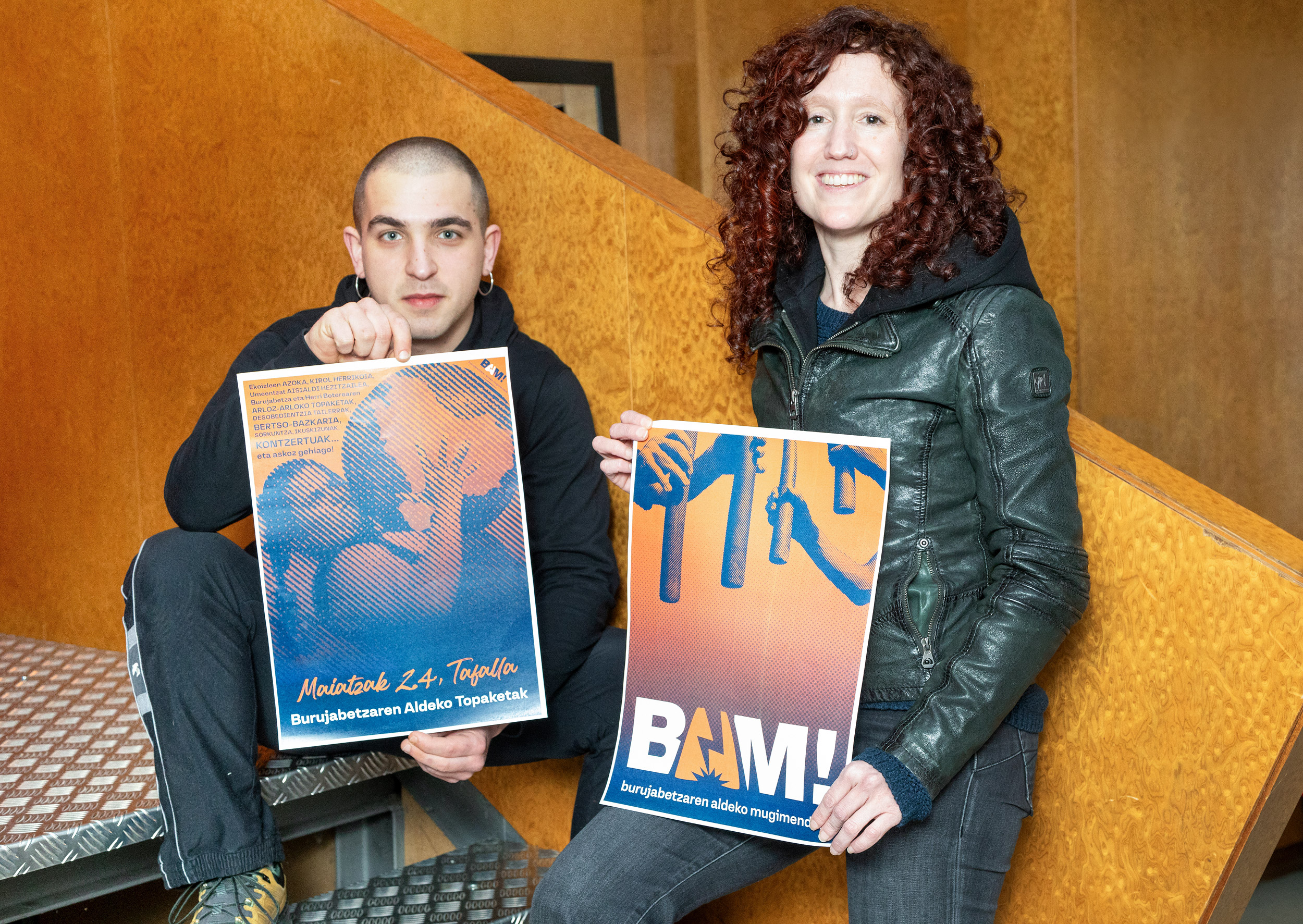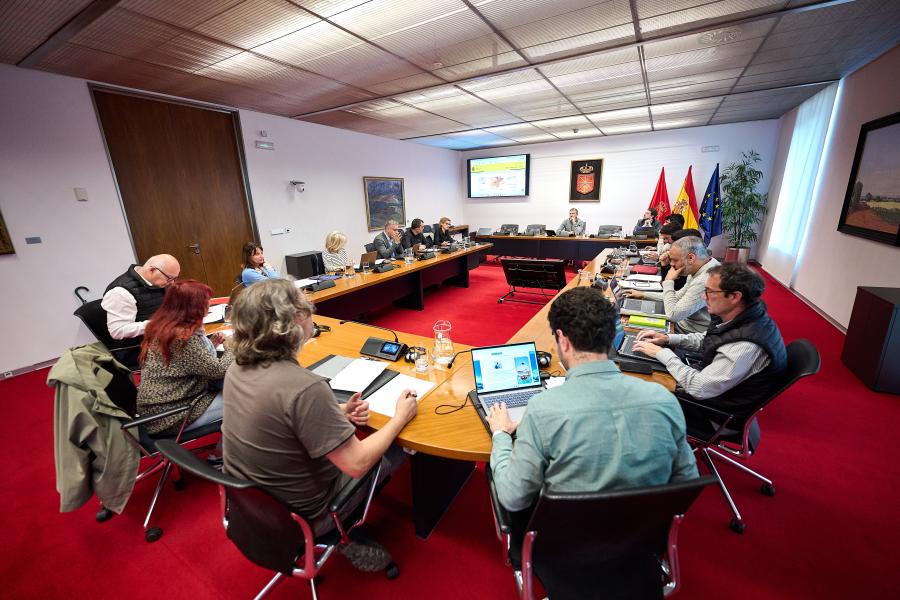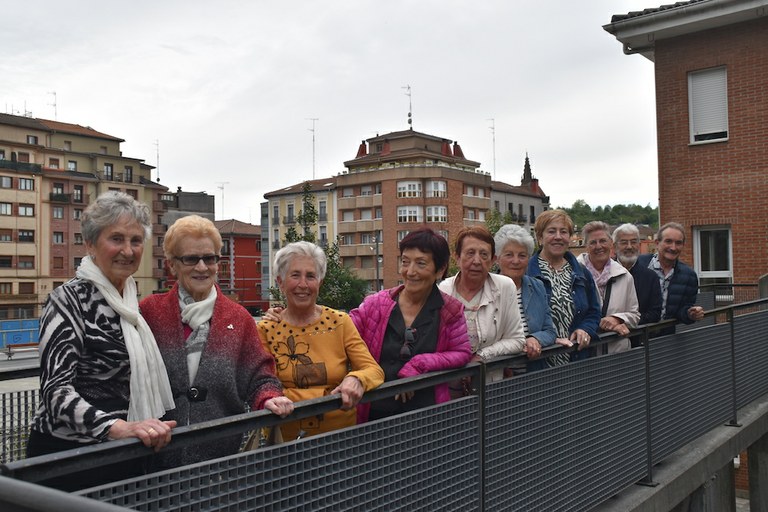Fair of the Treasures of History
- What has been the largest village in the area since its foundation has its charm. It is a meeting point for many sauces, exchanges, fairs... Durango has been like this since its foundation, since the 12th century. Although it has increased a lot, it has not lost the most beautiful treasures in its history.
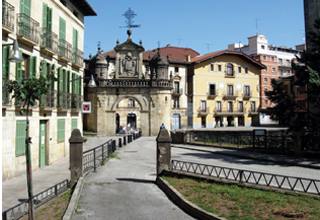
Santa Ana because it is one of the icons of the town. During the festivities of San Fausto that begin on Wednesday, the characters of the festivities of Durango will rise above this arch: Pitchfork and Pantxika. It is a good place to take good care of all the local sauces.
It seems difficult to imagine Durango as a walled village, but that’s how it was at first. There were six gates to enter Durango, and currently the only one left standing is Santa Ana. The merchants entered through this door and set up the market in the Plaza de Santa Ana. Excavations were carried out in the area last year, where part of the medieval wall was found, as well as the remains of the old church of Santa Ana, which could be from the 15th century. In addition, they found tombs, a mold and an oven for making bells, old canalizations of the river and coins.
Market in Pueblo
There is life in the villages around the fairs, and so it has been in Durango. The Plaza de Santa Ana and the Portico de Andra Mari were the first fairgrounds and today they are also one of the most lively areas of the town. From Santa Ana you can descend through any street of the old town of Andra Marira. The portico of Andra Mari is very wide, with a special structure, since it only has poles on the margins to maintain it. That is why it has become a meeting place for so many groups. The Church has hosted many fairs in its history. On March 31, 1937, when Durango was bombed, among many other buildings, the church of Andra Mari was destroyed and under the church there was a market at that time. Three decades later, the Durango Book and Disco Fair took its first steps under the auspices of that diocese.
To the Tromper
Another name given to Durango is Tronperri. Some scholars say that the warnings coming from the mountains through the branches were answered with a trumpet-like instrument from Durango. According to another theory, in the 15th century, the Durango heresies used a musical instrument similar to the horn to communicate with each other. The history of the heresy of Durango is substantial. You can find her at the Kurutzesantu Museum. This museum is dedicated to the cross of Kurutziaga that has been on the street until recently.
Kurutziaga is a mysterious cross. Despite its popularity and importance in the village, no one knows who did it and for what purpose. Experts have attributed three functions to him: to mark one of the boundaries of the people, to worship Jesus Christ and to pay for some sin. This latter theory is associated with the period of the Inquisition, the heresy of Durango. The Inquisitors came to Durangaldea on the hunt for the Akelarras that were said to be made in the area of Anboda. In addition, a group founded by Fr. Alonso Mellako claimed that laws were not needed in the church and that there was a need for transformation, and they were accused and convicted of heresy. The witch hunt in Durango resulted in the punishment of about 100 people.
Salsa as a village
On Saturday there will be a lot of salsa in the streets of Durango. A distinguishing feature of the festivities is the so-called “They are bulls”. Since ancient times, it is a custom that dates back to the 17th century. The bull runs through several corners of the old town, and the sokamutur also has a song. As a matter of fact, there has been more than one singer among the Durans. Here is the story of the De la Fuente brothers. These brothers were silversmiths, dishes. They became popular in the late 18th and early 19th centuries due to the presence of bertso-ists, musicians, singers and dancers. The Castilian boys lived in Durango. In one of their songs they sang: “Neither the diamond nor the pearl nor the goldsmith/alegrancija bath is oberic.” The town's coffee shop is named after them: From the dishes.
231.000 panel jarriko dituzte, Arabako hego-mendebaldeko ehun hektareatan zehar: Armiñonen. EUskal Herriko bigarren eguzki parke handiena izango da.
PPk Senatuan proposatu du, gainera, euskal preso politikoek damua erakutsi behar izateko xantaia areagotzea.
Maiatzaren 22an EAEko Legebiltzarrak mila milioi euro zorpetzeko lege proiektua onartu du “zientzian, teknologian, enpresan eta industria sektorean eragiteko”. Naiz hedabideak jakitera eman duenez, Eusko Jaurlaritzak KPMG Asesores SL enpresari eskatu dio plana... [+]
Donostiako Parte Zaharreko maizter batek 11 hilabeterako alokairu kontratua bost urterako legezko kontratu bihurtzea lortu du.
Washingtonen Israelek duen enbaxadako bi langile tiroz hilda agertu eta gero egin ditu adierazpenak Netanyahuk. Israelgo Gobernuak zuzenean lotu ditu Washingtongo erasoak eta Europako zenbait gobernuburuk Gazako sarraskiaren aurka egindako adierazpenak.
Mireia Centeno Gutierrez psikopedagogoak haurren elikaduraren inguruko zenbait gako eman ditu; hala nola jatera behartzeak eta jakiak debekatzeak dituen ondorioak aipatu ditu.
The defendants testified on Thursday, and their statements could be summarized as follows: The citizens who gathered in the square of legumes or in the camping area decided collectively what to do, in general, to go to the field of the works and put them passively in... [+]









